ComiXology helped usher in a Kindle-style revolution when it made comic books accessible digitally. With the Guided View technology, comic book panels could be comfortably read from virtually any device, from computers to smartphones, and the company grew to offer thousands of titles from over a hundred publishers. So, it’s little wonder why Amazon decided to purchase the company in 2014.
Given the incredible success comic books are having in pop culture, with top-grossing movies like Captain America: Civil War and a multitude of television shows, the company is ready to take comic book reading to the next level with the ComiXology Unlimited subscription program. With it, subscribers gain access to hundreds of digital comic books, graphic novels and manga. Users can start off with a 30-day trial and can continue with a $5.99 monthly subscription afterward.
David Steinberger, ComiXology’s co-founder and CEO, talks to [a]listdaily about introducing the ComiXology Unlimited program, the incredible popularity comic-themed TV shows and movies are having, and the goal of turning everyone in the world into a comic book reader.
 What would you say has contributed the most to ComiXology’s digital comic book store’s success since it launched?
What would you say has contributed the most to ComiXology’s digital comic book store’s success since it launched?
I think it’s a combination of two things. One, the experience of being able to read on any device, particularly using our Guided View tech on phones. Second, the content—tremendous relationships with a bunch of great publishers that put out an amazing amount of content, and deals that put it all at people’s fingertips.
What led to offering the ComiXology Unlimited subscription service, and how does it complement the existing storefront?
One big thing: the difficulty in penetrating the hundred-thousand-ish books we have on our system. And the fact that we feel that there’s a compelling amount of content that’s very hard to deliver in an interface that people, particularly those who are new to comics, can understand and know where to start. It’s a thing we hear over and over from people.
For the core customer who buys comics already, and is maybe a faithful buyer of one or two publishers, there’s this whole other world of comics, graphic novels and manga that have been created over the last 15 years. It’s an amazing time for comic book-style storytelling, and we feel that for six bucks, core customers can broaden their horizons and experience a ton of books that people have been telling them about, but they never had a chance to pick up. Now they can explore a huge amount of content.
For the newbie, it means that they can see something that they recognize—whether that’s Scott Pilgrim, or if they watch the Attack on Titan anime, or even Joss Whedon fans with Buffy the Vampire Slayer or Serenity—they see something that they’re interested in and say, “somebody told me that the Buffy TV show continued in comics. There about five trade paperbacks of Season 8 on ComiXology Unlimited, which is about forty or fifty bucks worth of content. I’m getting a 30-day trial, and it costs six bucks a month after, so I’m going to see what Joss is up to.” Then boom, they can take their time and wade through this gigantic, beautiful pool of content and discover what they’ve been missing.
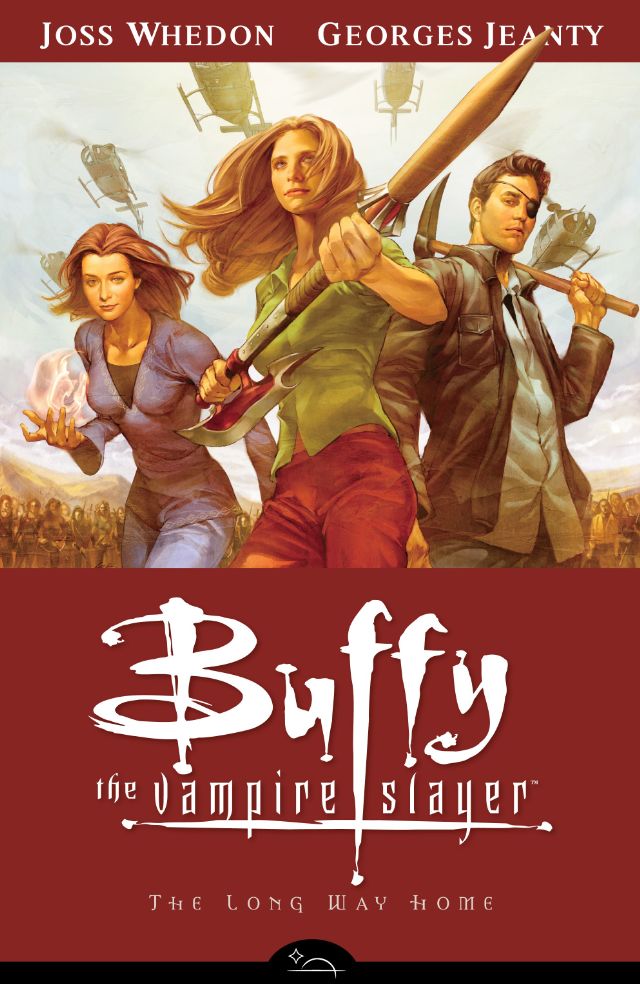
How has ComiXology been reaching beyond the core audience?
One of the beauties of being attached to Amazon is that we can connect with a lot of different people who have shown interest—in one form or another—in comic book-connected material. Dark Horse, for instance, has a bunch of video game-related comic books, and a lot of them are part of ComiXology Unlimited. We haven’t done this yet, but we could potentially reach out and say, “We have a 30-day trial, and this video game that you bought has a ton of comic book content from Dark Horse. Why don’t you try ComiXology Unlimited and see if you like it.” Then they can look at the video game list on the homepage to find fifteen to twenty books right off the bat. That’s an incredible thing to be able to do.
Part of our marketing team’s efforts is figuring out how to connect with the right people, both on Amazon and more widely on Facebook and social media. I could go on and on with the licensed content. We have the Joss Whedon stuff, Outcast from Cinemax, Transformers, Star Trek, which is based on the new universe from the movies—and of course, the manga I mentioned before, like Attack on Titan, Scott Pilgrim and other books. There’s a lot of related material, so there are a lot of different angles where we can appeal to people who have shown an affinity for this material and introduce them to this wonderful world.
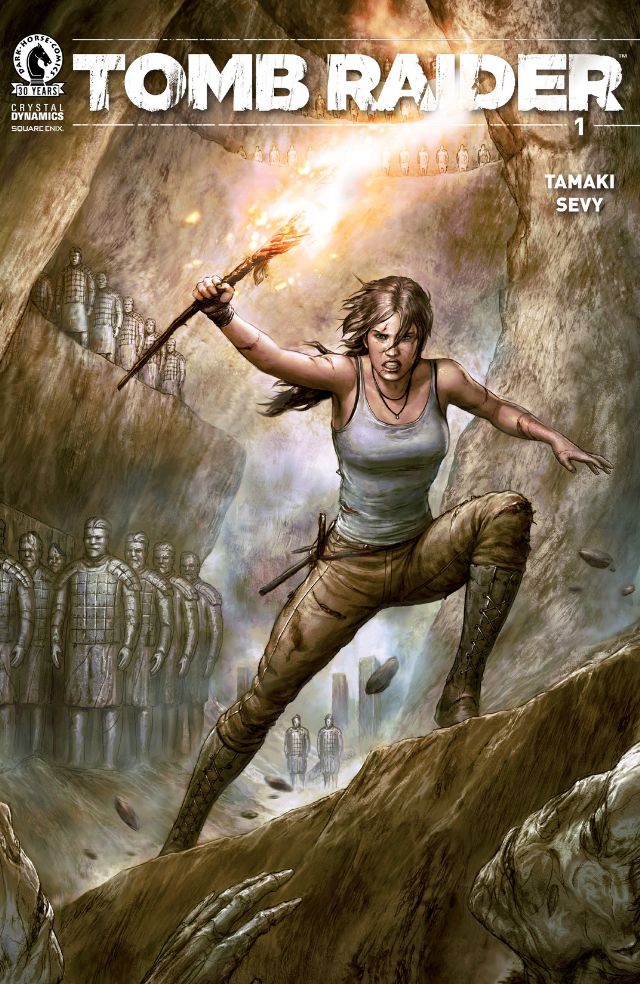
Is it ComiXology’s long-term goal to make all of its digital comics accessible through the Unlimited subscription program?
No, at least not right now. If we build an audience with the kind of size that creates an atmosphere where creators and publishers make so much money that they create more content for a bigger pool, that would be great. At this point, we’re more focused on how to get more people introduced to comic books. A program like that, with the size of the audience right now, would be incredibly expensive and would limit the amount of people that could come in instead of increasing it. For us, the $6 price point and 30-day trial means that people can jump in with very little risk. If they find a bunch of stuff that they love, they can afford to purchase more.
That’s where we’re starting. Do we expect it to increase and get bigger? Yes, we do, and we’ll be changing out the content month-to-month, and continue to add a ton of value, just to keep it exciting and fresh for subscribers. If we get to the point where comic books are as big as movies, TV and music, then I’d do it in a heartbeat—make a ten dollar program with access to everything. I would love that. But, if we go back to your first question, the reason we succeeded in the first place is with great content and a great experience, and that means that we understand where the industry stands and how to increase the people, and not harm the industry by being a disruptor. It would not be good for the comic book industry right now to disrupt through making every book available.
If we can get there, that would be amazing. That would mean we succeeded, and that tens of millions of people are reading comic books, and that would be an incredible feat. ComiXology would have succeeded in its goal, which is to make everybody on the planet a comic, graphic novel or manga fan.
What about offering classic issues to promote the program, like Amazing Fantasy #15, where Spider-man first appeared, or Detective Comics #27, which introduced Batman?
That would be great. I would love to have something like that, but of course, the problem is that they’re not written with modern sensibilities. While it’s fun to read them, and we have them for sale on ComiXology, I don’t know how many people it would appeal to. It’s fun as an educational exercise, especially for core fans, and the issues are relatively inexpensive on our site. The first Spider-man is about $1.99 and often gets discounted to 99 cents. So, I encourage people who are interested to check out the site. We [with Unlimited] focus mostly on stuff that’s fairly modern in sensibility, and I think it’s a second golden age of comics right now in terms of the maturity in writing, storytelling and artwork.
Has the recent popularity of comic book-themed movies and TV shows impacted the growth of ComiXology’s audience?
I think it’s been super-positive because any time people are thinking about the material and getting interested in comic books is a huge plus. I think The Walking Dead TV show was extraordinarily positive for us. Then, anytime Marvel or anyone else does a movie, there’s a tremendous amount of interest, and comic books get to coast off the marketing work that the movies and TV shows are doing. DC, for instance, did a really nice thing where a lot of their TV show actors tweeted out a code for the new Rebirth book, and it got a lot of people to the site to download that book, which I think is really exciting. So, we have to capitalize on that to try to get people back in the door. I think ComiXology Unlimited is a great way for people interested to start up.
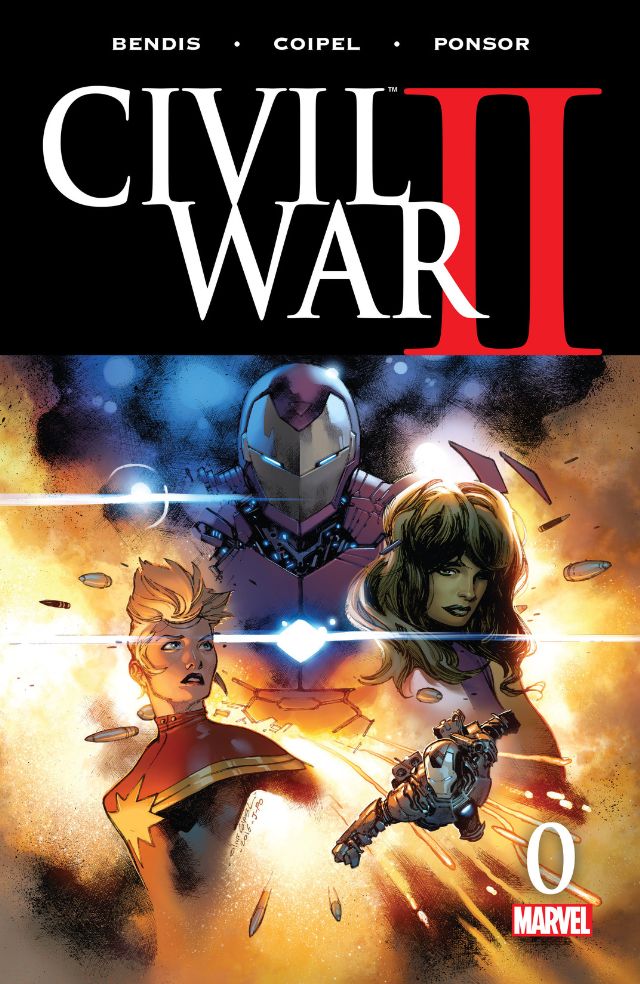
And I think Marvel and DC are getting much better at aligning their editorial calendars towards the movies. Marvel has Civil War 2 out right now. I sometimes feel like it should be even bigger when you see the huge diversity of audience at the conventions. Sometimes, in the core market and comic book stores, the diversity of audience doesn’t meet with the diversity of content. It does at ComiXology because we have infinite shelf space, and you can create your own comics that have no publisher, and we can put together a program like this—where any geek-oriented person who is into pop culture can find a lot of amazing material on ComiXology Unlimited that’s fiercely diverse with wide-ranging content.
I’m very bullish that the embrace of media, cosplay, and being a fan continues to bleed into comics. I think that’s one of the core drivers of growth for the industry over the last few years.
Are you surprised by how much comic books have grown across different media since ComiXology started?
I’m not surprised at all. As a comic book fan, I think we all had this fantasy of everybody seeing what we saw in books, instead of having some preconceived notion about what a comic book meant and what it was like to read it. I think the TV shows and movies really help. Even before us, the newest movie runs started with Spider-man and X-Men in the early 2000s. ComiXology came into digital in 2009, and a lot of it had already percolated into movies and such. And DC has done an amazing job on TV. They’re killing it with all these shows.
To me, it’s not a surprise, because these are rich characters with faults and dreams. They embody a lot of hope that people connect to. Obviously, it’s a very encouraging time for any thirty, forty or fifty-something nerd who has read comics their whole lives to now see everybody embracing what it means to them.
What’s funny is that you have some shows—and Attack on Titan is a good example—that make people say, “What? It’s a comic book? What do you mean? It’s a Japanese anime show.” And you say, “No, it was manga first.” Now I can point to ComiXology Unlimited and tell them to try out the trial and read Attack on Titan. Also, by the way, here are a bunch of other Kodansha [published] books that you can try out, some of which are also anime. Find the source material; it’s amazing.
I’m grateful that we’ve made the company in this time. It’s a fun time to be part of it.
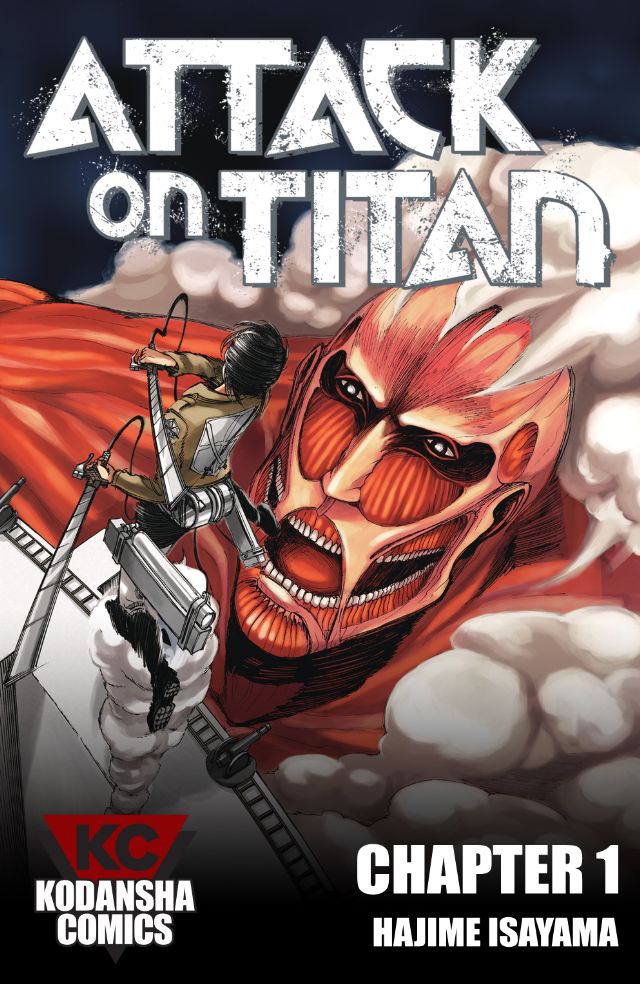
 What would you say has contributed the most to ComiXology’s digital comic book store’s success since it launched?
What would you say has contributed the most to ComiXology’s digital comic book store’s success since it launched?



 What similarities do you see with companies laying the groundwork for virtual reality social interactions to the early days of the Internet?
What similarities do you see with companies laying the groundwork for virtual reality social interactions to the early days of the Internet?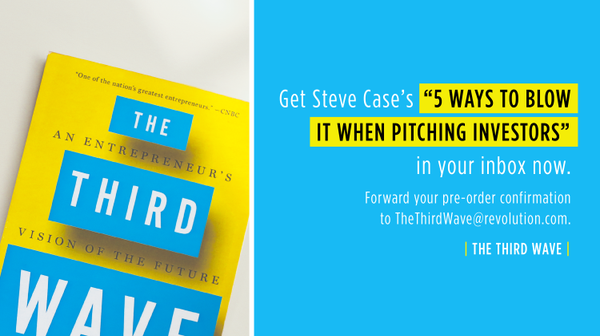



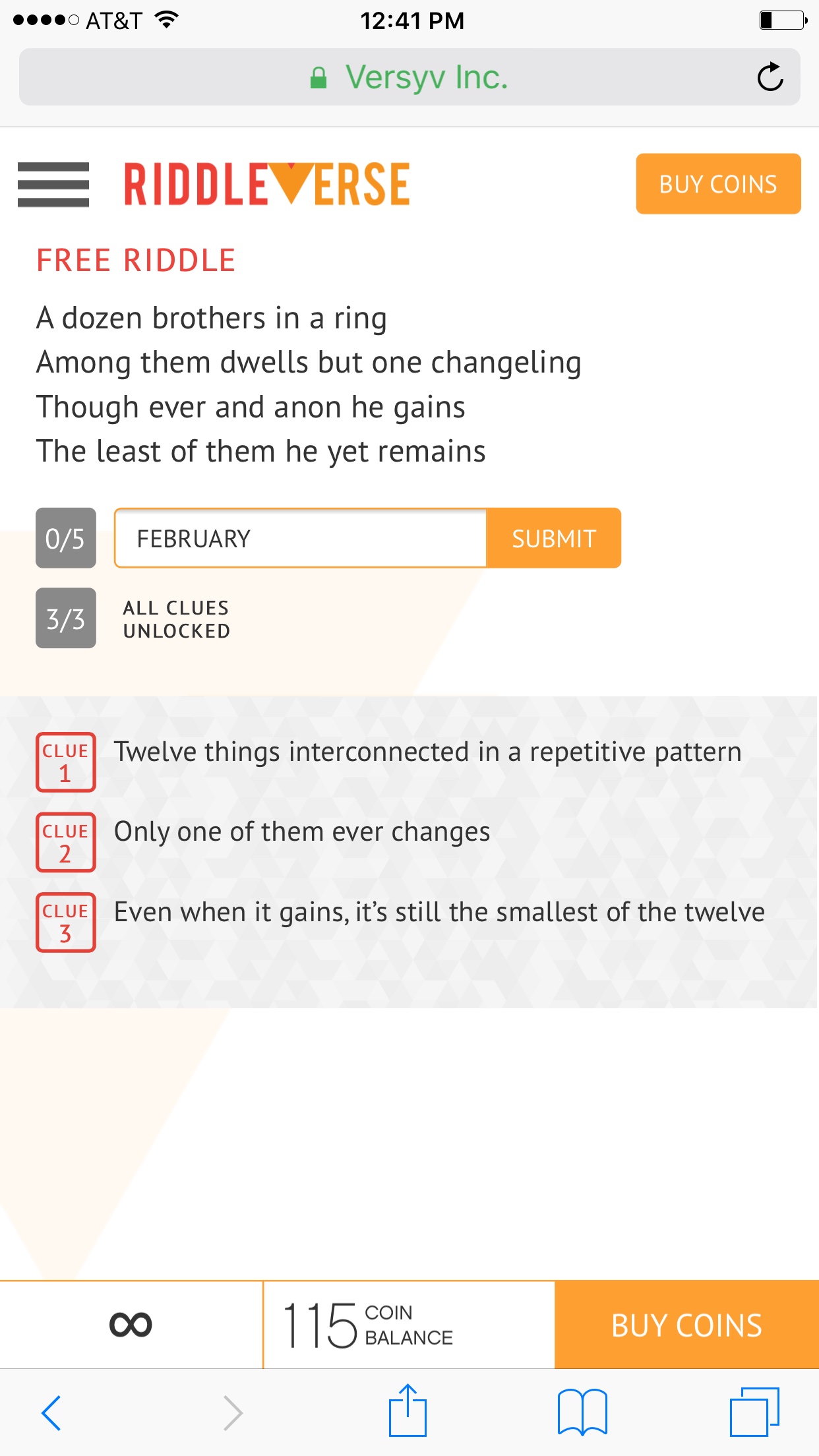


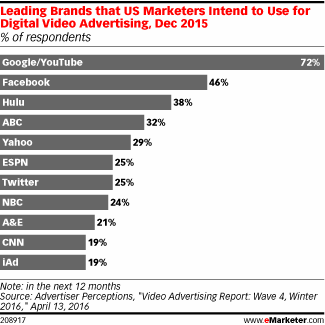 “Video will be playing a central role for us on social in 2016, based on the level of engagement and positive brand lift that we saw with the video campaigns that we ran in 2015,” Linda Duncombe, global head of digital, social and content marketing at Citi said in the new eMarketer report,
“Video will be playing a central role for us on social in 2016, based on the level of engagement and positive brand lift that we saw with the video campaigns that we ran in 2015,” Linda Duncombe, global head of digital, social and content marketing at Citi said in the new eMarketer report, 